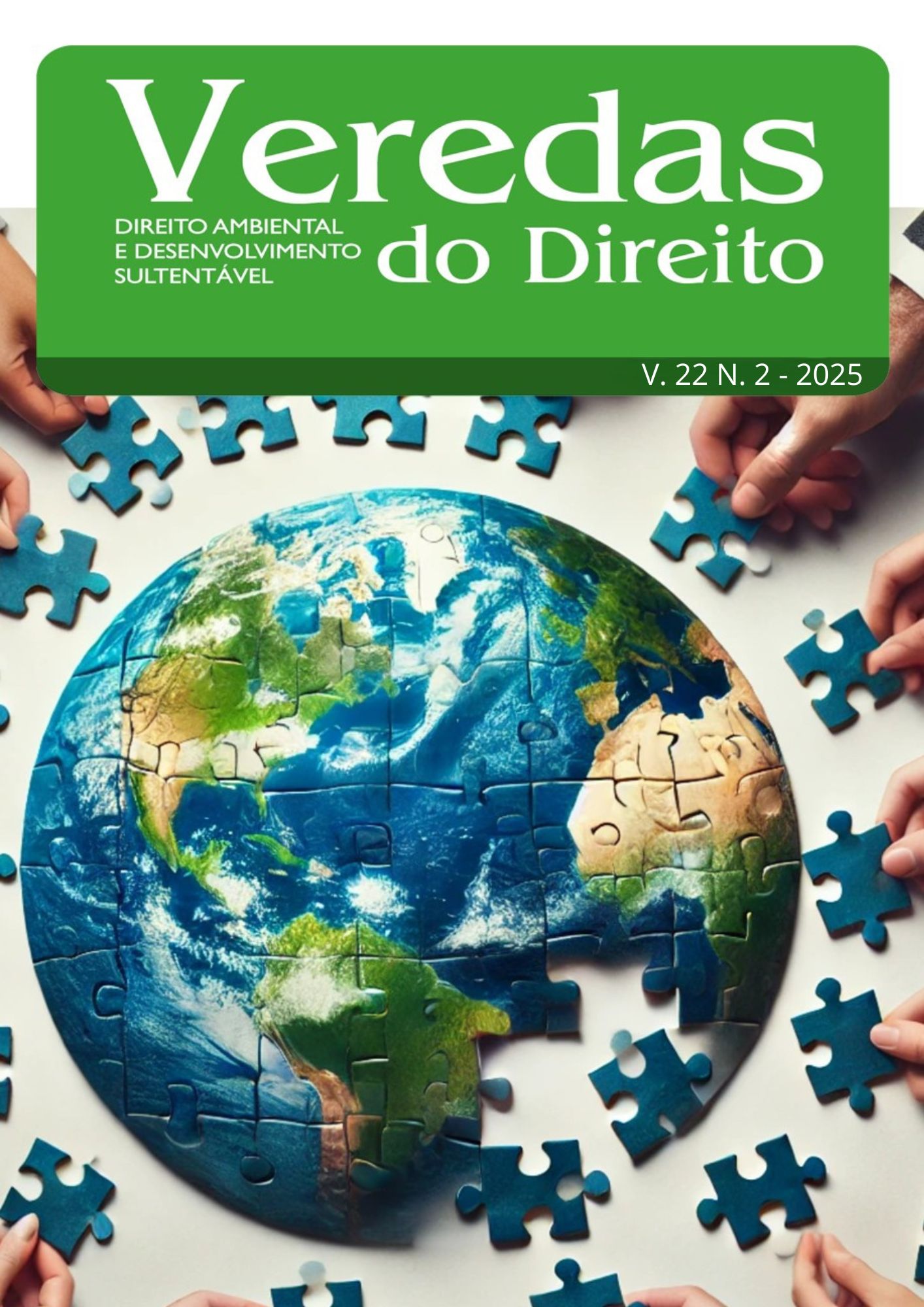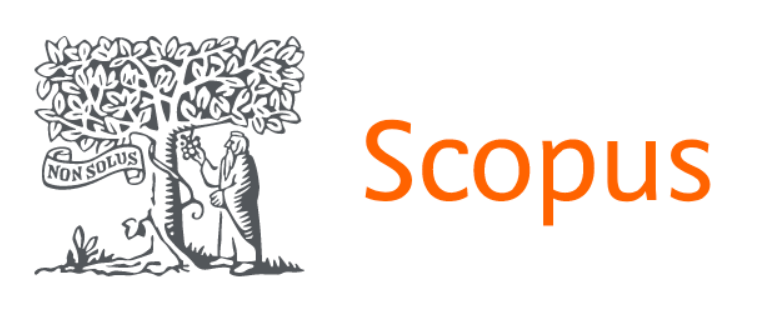EXPLORING THE WORK-LIFE DYNAMICS OF ISABELA STATE UNIVERSITY ACADEMIC STAFF: BASIS FOR POLICY DEVELOPMENT
DOI:
https://doi.org/10.18623/rvd.v22.n2.3463Keywords:
Academic Staff. Isabela State University, Sequential Explanatory Design, Work-Life Dynamics, Sustainable Development GoalsAbstract
This study examines the work-life equilibrium experienced by male and female academic staff at Isabela State University, Philippines. Understanding the intricacies of their work-life dynamics is paramount, as an imbalance may precipitate heightened stress, depression, and other psychological and physical ailments. Employing a sequential explanatory design, the quantitative findings reveal that both male and female academic staff exhibit poor work-life balance, signifying potential risks to their overall well-being. Through qualitative analysis, five prominent themes emerged: (1) adaptation within the workplace, (2) challenges of maintaining equilibrium, (3) introspection and guilt, (4) the significance of work-life balance, and (5) “wish ko lang” (aspirational desires). These themes offer deeper insights into the participants' experiences and the myriad factors influencing their work-life balance. Based on these findings, the study advocates for the implementation of a comprehensive work-life policy tailored to the specific needs of academic staff, aimed at fostering a healthier and more sustainable professional environment. This aligns with the institution's response to SDG 3, ensuring healthy lives and promote well-being and SDG 5, which seeks to "achieve gender equality and empower all women and girls." Addressing work-life balance issues of teachers will consequently ensure quality education (SDG 4).
References
Cabrera, G. A. (2019). Difficulties on Work-Life Balance of Married Career Women: The Case of Generation X. Asia Pacific Journal of Academic Research in Business Administration Vol 5, 16-21.
Clark, S. (2000). Work/Family Border Theory: A New Theory of Work/Family Balance. Human Relations. Class Professionals. (2024, March 26). Balancing act: Why teachers should decide their own boundaries. Retrieved from https://www.classprofessionals.com.au/2024/03/27/balancing-act-why-teachers-should-decide-their-own-boundaries/classprofessionals
Darcy, C. M. (2012). Work-life balance: One size fits all? An exploratory analysis of the differential effects of career stage. European Management Journal, 111-120. https://doi.org/ 10.1016/j.emj.2011.11.001.
Greenhaus, J. e. (2003). The relation between work-family balance and quality of life. Journal of Vocational Behavior, 510-531.
Gumpal, M. G. (2021). Generational Perspective on Work-Life Balance of Filipino Workers. International Journal of Science and Research, 588-592 https://doi.org/10.21275/SR201007212347.
Joan Owens, C. K. (2018). Strategies to Attain Faculty Work-Life Balance. Building Healthy Academic Communities Journal Vol. 2, No. 2, 58-73.
Key, D. (2013). PhD diss., Understanding Community College Work/Life Balance Issues through Socialization Theory and Academic Discipline: https://trace.tennessee.edu/utk_graddiss/2442
Peralta, T. I. (2011). Work Life Balance, Multidimensional Nature of Work-Family Conflict and The Demographic Profile of Selected Employees of Phinma Property Holdings Corp.: An Assessment. Unpublished Masters Thesis.
Punia, V. a. (2013, December). Quality of Work-life Balance among teachers in Higher Institutions. https://www.researchgate.net/publication/261830642
Sandoui, A. (2016). Poor work-life balance leads to poor health later in life. Medical News Today: https://www.medicalnewstoday.com/articles/313755
Shastri, M. M. (2015). A Qualitative Study on Work Life Balance of Employees Working in Private Sector. International Journal of Recent Scientific Research vol. 6, Issue 7, 5160-5167.
Shiels, R. (2014). Changes in Work Life Balance Over time: Implications for Job and Family Satisfaction. Unpublished Dissertation.
TealHQ. (2024, December 31). Do teachers have a good work-life balance?. Retrieved from https://www.tealhq.com/work-life-balance/teachertealhq
Talukder, A. K. (2016). Work–Life Balance in the Australian Financial Sector: A Mixed Methods Study. https://researchdirect.westernsydney.edu.au/islandora/object/uws%3A40960
Wilkinsons, M. (2013). Work-life balance and psychological well-being in men and women. etd.auburn.edu/bitstream/handle/10415/3605/mw_disseration..
Downloads
Published
How to Cite
Issue
Section
License
I (we) submit this article which is original and unpublished, of my (our) own authorship, to the evaluation of the Veredas do Direito Journal, and agree that the related copyrights will become exclusive property of the Journal, being prohibited any partial or total copy in any other part or other printed or online communication vehicle dissociated from the Veredas do Direito Journal, without the necessary and prior authorization that should be requested in writing to Editor in Chief. I (we) also declare that there is no conflict of interest between the articles theme, the author (s) and enterprises, institutions or individuals.
I (we) recognize that the Veredas do Direito Journal is licensed under a CREATIVE COMMONS LICENSE.
Licença Creative Commons Attribution 3.0







